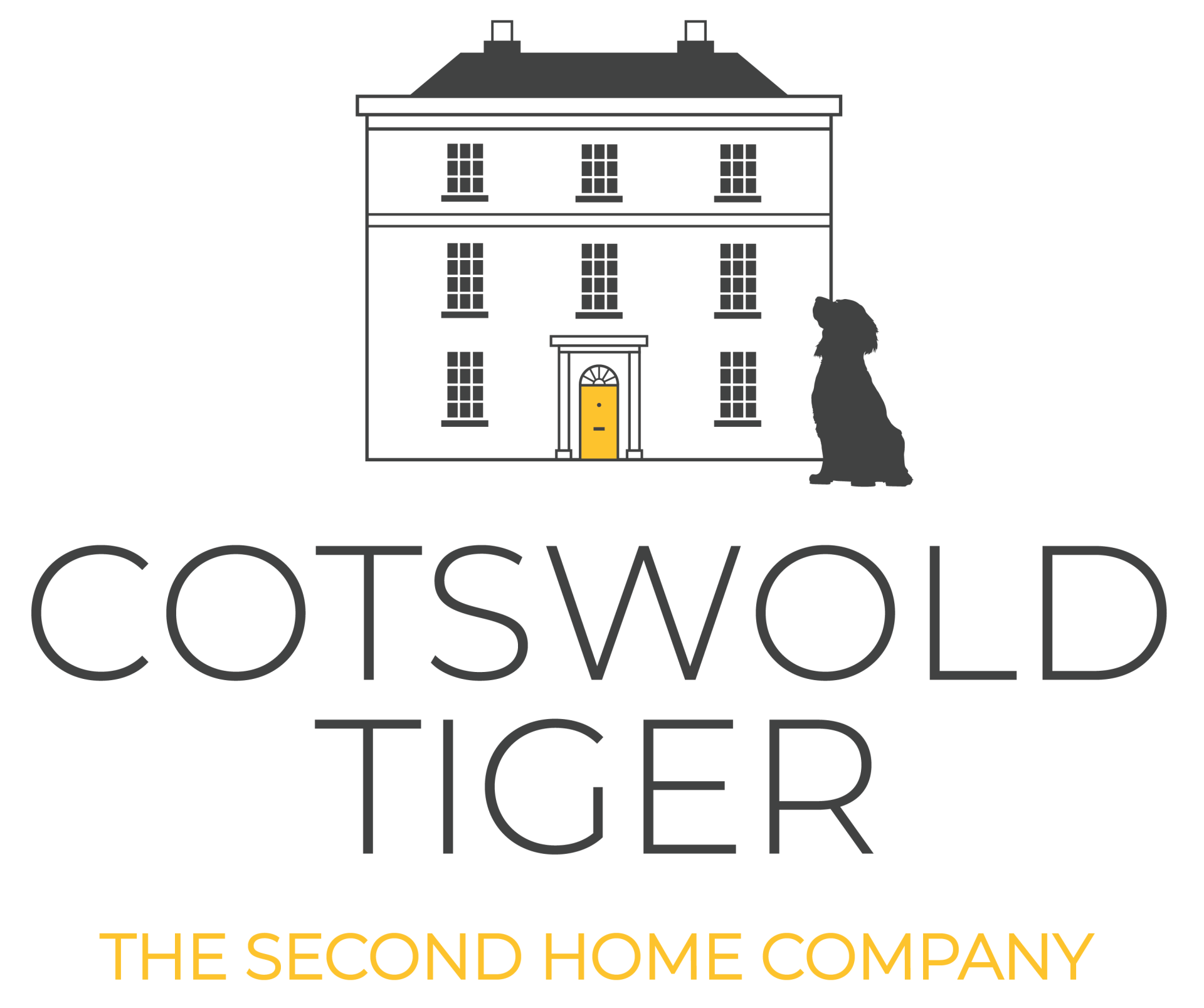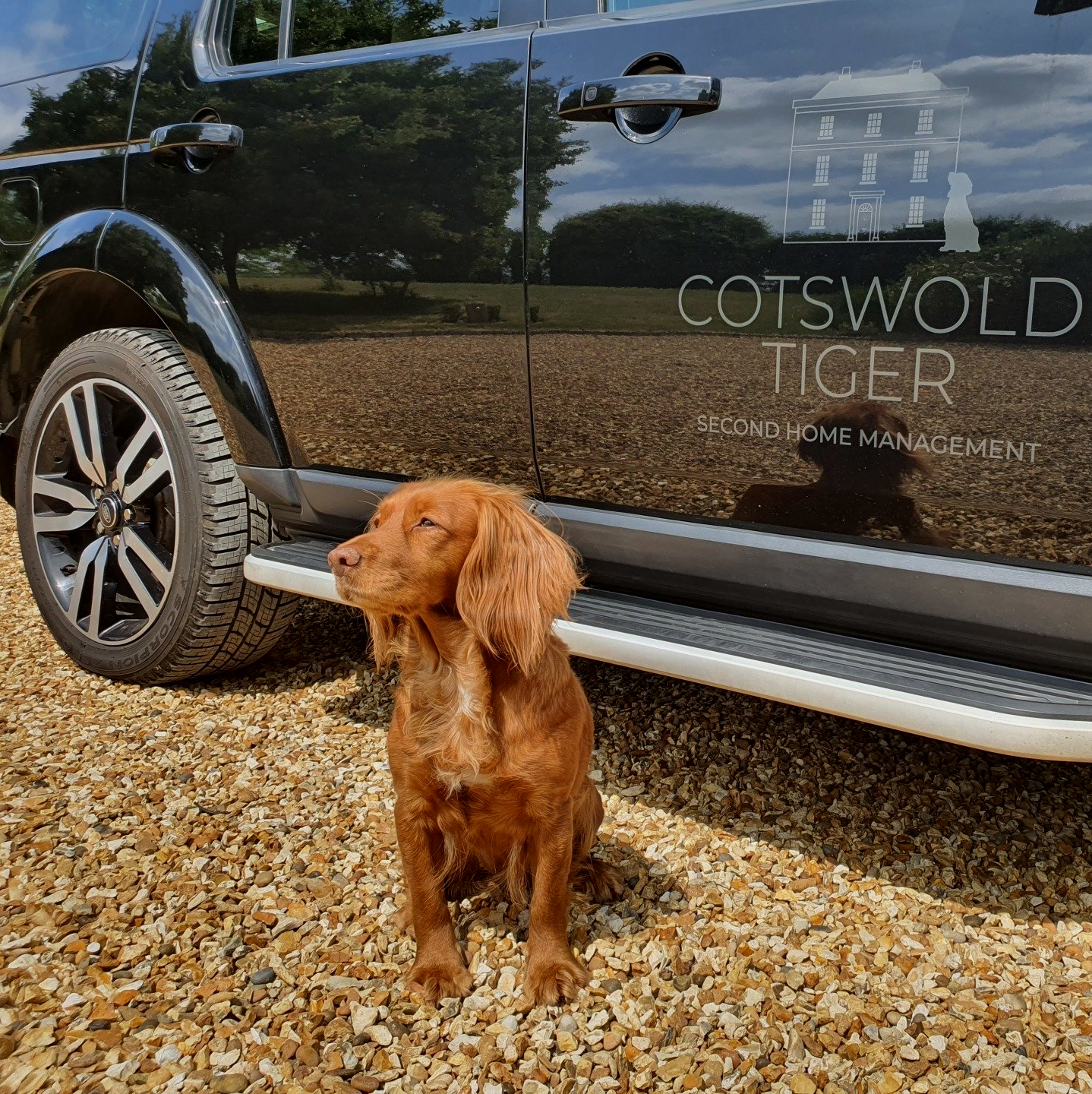LIONS & TIGERS IN THE COTSWOLDS
Our Cotswold ‘Tiger’ can regularly be seen touring the Cotswolds with Edward, and often pops up on our blog, while the real Lions can of course be found at the Cotswold Wildlife Park!
LIONS & TIGERS IN THE COTSWOLDS
When we named Cotswold Tiger, we knew it needed to be personal and reflect the ethos of what we were seeking to create.
The name Cotswold Tiger therefore blends an important part of the Cotswold’s heritage - the Cotswold Lion, with something even closer to our hearts - Indiana our Working Cocker Spaniel, who has always affectionately been known as ‘Tiger’.
The Cotswold Lion is the local breed of sheep and it was this and the growth of the wool industry that have shaped the way the Cotswolds look today, with beautiful rolling hills peppered with honey coloured villages and towns.
It was the Romans who really developed sheep farming in the area, on large estates centred around ancient Corinium; the second largest town in Roman Britain and now known as Cirencester. Building on methods and techniques learnt from the Celtic Britons, the sheep were grazed in large ‘cots’ or enclosures, the enclosures sited on the ‘wolds’ or hills; hence Cots-Wolds.
Our Cotswold ‘Tiger’ can regularly be seen touring the Cotswolds with Edward, and often pops up on our blog, while the real Lions can of course be found at the Cotswold Wildlife Park!



